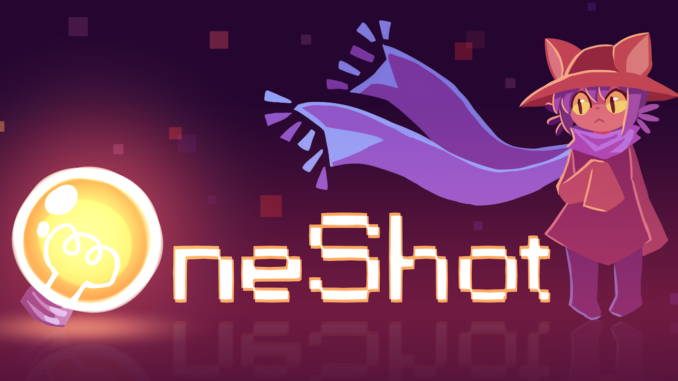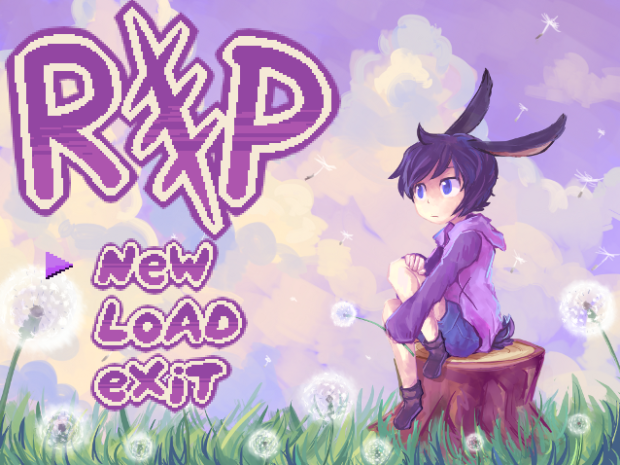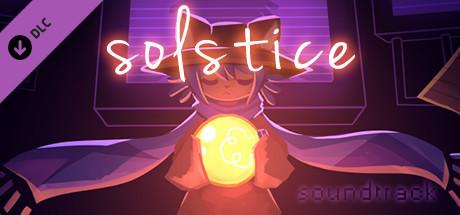
 Casey Gu was first approached by fellow game developer Eliza Velasquez in late 2013 with an idea to create an ambitious PC video game that treats the player as an omnipotent figure. “OneShot’s†conception relied on Gu’s artistic abilities, not just to bring Velasquez’s self-aware program concepts to life, but to draw, compose, and write a coherent story starring memorable characters the player could empathize with.
Casey Gu was first approached by fellow game developer Eliza Velasquez in late 2013 with an idea to create an ambitious PC video game that treats the player as an omnipotent figure. “OneShot’s†conception relied on Gu’s artistic abilities, not just to bring Velasquez’s self-aware program concepts to life, but to draw, compose, and write a coherent story starring memorable characters the player could empathize with.
Gu, most commonly known on social media as NightMargin, was presented with the idea to create a game that talked to you directly; a character referred to as “The Entity†would manipulate your documents, game files, and even your wallpaper. Its ending, inspired by one of Velasquez’s favorite video games, “The Legend of Zelda: Link’s Awakening,†would force the player to make an incredibly difficult decision. Despite the game’s complexity, the duo’s mix of ideas would hopefully emanate during the 2014 Indie Game Maker Contest held by Degica Games. Degica Games gathers young developers to make games from that used the RPG Maker engine.
“Eliza and I worked on it in June 2014 for a month-long GameJam, and we were picked up by Degica in late 2014, so we could make an extended version for Steam. Development of the full game took two additional years,†Gu states, in regards to the game’s Steam release.
The game’s engine, RPG Maker 2003, ultimately became “OneShot’s†downfall and the duo had been disqualified from the convention for the use of an outdated engine. Gu and Velasquez insisted on continuing with their dream project and refused to let “Niko’s†quest end. “Niko†was the name they decided on for the cat-like protagonist in “OneShot.â€
The duo pushed out a rough but complete alpha of “OneShot,†which included many of game’s fourth-wall-breaking game designs already. Degica games, who recently published “Senko no Ronde 2†on PS4, sought out the game’s potential, whose alpha was built in less than a year, and offered to publish the game under their brand. This gave Gu and Velasquez the marketing boost they needed to push the game beyond its limits.
Toward the end of the game’s development, Velasquez and Gu had run into several game-breaking bugs, and the fears of a broken launch had crept up. Enter Michael Shirt, also known as “GIRakaCHEEZERS†on Twitter, joined the team in September 2016.
Shirt, who likely channeled Usain Bolt, used his computer program abilities to fix all of the game’s technical issues just three months before the game’s initial release. He is also responsible for the OneShot’s extended story DLC, “Solstice.†He’s been credited lead programmer ever since.
“The main meta-puzzle we have was something GIR could do in a day,†Gu vouches, pertaining to Shirt’s debugging skills.
“OneShot†officially released December 8th, 2016 on Steam. The game has over six thousand positive reviews on the store’s site and garnered attention from online personalities. Most notably, Youtuber “Markiplier,†a Let’s Player with over twenty million subscribers, created a series of videos featuring the game.
The waning success of “OneShot†was only the beginning. A small project was placed on the backburner in light of “OneShot’s†development. Now that they’ve completed their self-aware puzzle game, they can continue to work on their first baby, “Bless You, Rip.â€
“Bless You, Rip†is an action-adventure game currently in development by Gu and Shirt, with Gu once again leading the games art direction. This simple side-scroller stars “Rip,†a boy with bunny ears who finds his brother and uncovers the truths behind his town’s sudden infestation of black creatures.
 The art found in “Bless You, Rip†is easily comparable to Gu’s distinguishably cute, yet gritty art style. It is an action game developed by a different programmer, Shirt, with little-known involvement from the previous programmer, Velasquez. This gives Gu the unique opportunity to embrace her art style in more than one style of game.
The art found in “Bless You, Rip†is easily comparable to Gu’s distinguishably cute, yet gritty art style. It is an action game developed by a different programmer, Shirt, with little-known involvement from the previous programmer, Velasquez. This gives Gu the unique opportunity to embrace her art style in more than one style of game.
Gu’s dedication is reliant on her loyalty to her team. She proves that in the competitive field of visual art, anything is possible so long as you’re surrounded by the ones you trust most with your work.
“Making a game is a very daunting task,†Gu said. “But it’s much easier to face it with friends than alone.â€

Leave a Reply